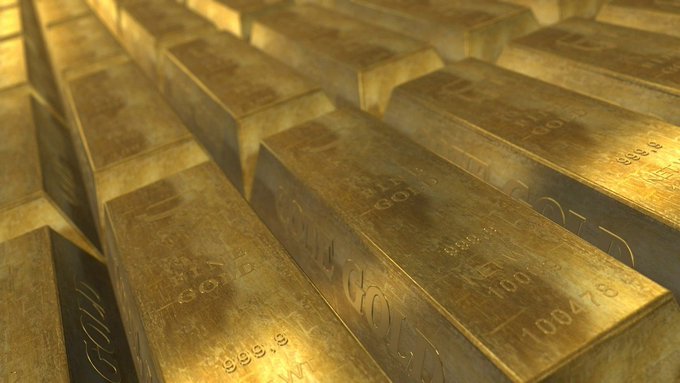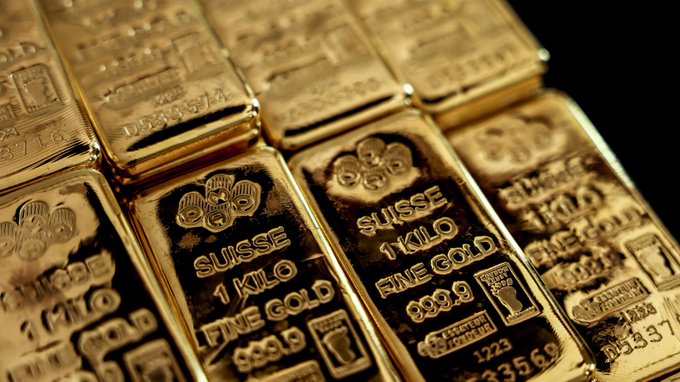Gold has surged to a remarkable $3,284 per ounce, maintaining its all-time high reached earlier this year and representing an over 25% increase since January 2025. This extraordinary rally reflects a combination of persistent inflationary pressures, economic uncertainty, and geopolitical risks, which have collectively reinforced gold’s status as a premier safe-haven asset for investors worldwide.

The Drivers Behind Gold’s Historic Rally
Gold’s price appreciation this year is unprecedented in recent history. It has climbed by approximately 41% year-over-year from Q2 2024 to Q2 2025, with mining companies enjoying record-breaking profits due to the relatively stable production costs amid soaring prices. The average all-in sustaining cost (AISC) for gold mining has only increased by about 11%, while gold prices surged by 41%, allowing miners to retain nearly 58% of the price gains as pure profit. This operational leverage has transformed the gold mining sector into one of the most profitable industries in the current economic cycle.
Several key factors have fueled this rally:
- Inflation and Monetary Policy: Persistent inflation remains a major concern globally, eroding the purchasing power of fiat currencies. Gold, traditionally viewed as a hedge against inflation, has attracted investors seeking to preserve wealth amid rising consumer prices and volatile monetary policies.
- Economic Uncertainty and Geopolitical Risks: Ongoing geopolitical tensions, trade disputes, and fears of recession have increased demand for gold as a safe store of value. Uncertainties around U.S. debt levels, which exceed $36 trillion, and the sustainability of fiscal policies have further bolstered gold’s appeal.
- Central Bank Buying: Emerging market central banks have been significant buyers of gold, diversifying reserves away from U.S. Treasuries and other fiat assets. This institutional demand has provided strong structural support for prices.
Gold’s Role as a Safe-Haven Asset
Gold’s enduring appeal lies in its intrinsic value and ability to maintain purchasing power during times of crisis. Unlike stocks or bonds, gold does not carry credit risk or counterparty risk, making it a preferred asset during market volatility. Many investors use gold-backed IRAs and ETFs to gain exposure without the challenges of physical storage, further broadening its accessibility.
This year, gold’s price has remained relatively stable around the $3,284 mark, even after peaking at $3,500 in April 2025. Analysts from institutions like J.P. Morgan Research have raised their price targets, forecasting averages of $3,675 per ounce by late 2025 and potentially reaching $4,000 by mid-2026, driven by ongoing recession risks and trade uncertainties.
Silver, Platinum, and Palladium: Popular but More Volatile
While gold leads the precious metals pack, other metals like silver, platinum, and palladium also remain popular among investors and industrial users. However, these metals exhibit higher price volatility compared to gold.
Silver: Often considered gold’s “little brother,” silver has industrial uses that make its price more sensitive to economic cycles. Its price fluctuates more sharply, influenced by demand from electronics, solar panels, and other manufacturing sectors.
Platinum and Palladium: These metals are crucial in automotive catalytic converters and other industrial applications. Their prices are more susceptible to shifts in automotive demand, supply disruptions, and technological changes, resulting in greater swings than gold.
Implications for Investors and the Market
The sustained high price of gold has significant ramifications:
- Mining Sector Profits: Gold miners are enjoying a financial boom, with profit margins expanding nearly twice as fast as gold prices due to stable production costs. This profitability is attracting institutional investment and enabling companies to strengthen their balance sheets and expand operations.
- Portfolio Diversification: For investors, gold continues to serve as a critical diversification tool, mitigating risks from inflation, currency devaluation, and equity market downturns. Its non-correlation with traditional assets enhances portfolio stability.
- Market Sentiment: The gold price trajectory signals persistent caution among investors regarding global economic prospects. Despite some easing in inflation, the market remains wary of geopolitical tensions and fiscal uncertainties, underpinning gold’s elevated valuation.
In conclusion, gold’s trading at $3,284 per ounce and its maintenance of all-time highs underscore its role as a cornerstone of financial security in turbulent times. Supported by inflation concerns, geopolitical risks, and institutional demand, gold’s bullish momentum is expected to continue through 2025 and beyond, while silver, platinum, and palladium offer complementary but more volatile investment opportunities within the precious metals sector.

